Why did my succulent change colors?
The reasons for a succulent changing colors can be attributed to several factors. Some of these reasons are natural, such as variegation, while others are caused by improper care or environmental stress. Most people consider succulents’ ability to change colors to be a positive trait. We’ve put together some information to help you determine why your succulents’ colors are changing.
Stress Coloring
Three variables affect the color of succulents: water, sunlight, and temperature. To find out why your succulent is changing colors you need to pinpoint the cause of the color change. Sometimes stress coloring can mean that the plant is receiving less sunlight than necessary, and sometimes it can mean that it wants more water or that the temperature has gone up recently. Stressed succulents often display vibrant or muted colors varying in shade and brightness. You can find example images of stress colors for your succulent type by searching for your succulent type.
How to make colorful succulents
Stressed succulents sounds bad, but it is perfectly normal and encouraged if you want colorful succulents. Have you considered whether to stress your succulents? Ultimately, it is a personal decision and there is no right or wrong answer. Succulents are designed to deal with constant stressors in their native habitat, and in order to survive, they must be able to adapt rapidly to these changes. If you like colorful succulents, you can have them.
Variegation
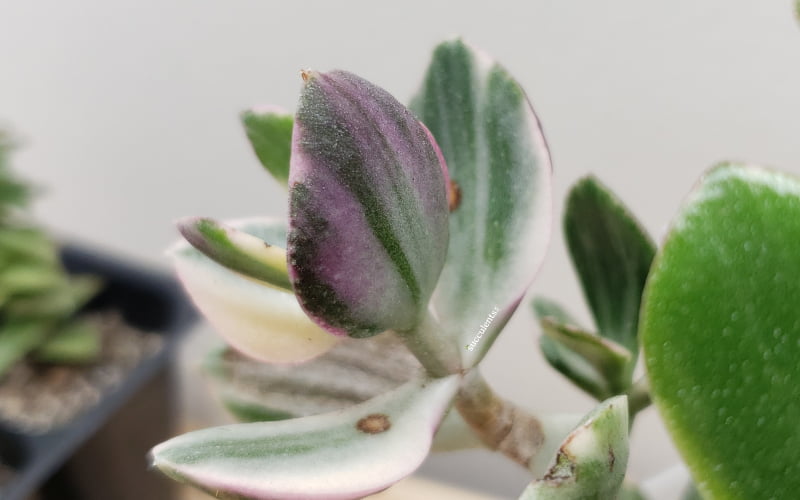
Some succulents become variegated over time. In other words, it indicates a deviation from the plant’s normal appearance. Succulents can have variegated stems and flowers, but they are most commonly variegated on the leaves. Varying levels of chlorophyll may result in white or yellowish leaves, or it can be subtle and just mean the leaves are lighter in color. In most cases, variegation isn’t harmful to your succulent, but it can be if the plant is completely variegated because in that case, it cannot photosynthesize. Variegation can often revert back to normal.
What Do Brown Leaves Mean?
Brown succulent leaves are usually due to the amount of light or amount of sunlight exposure.
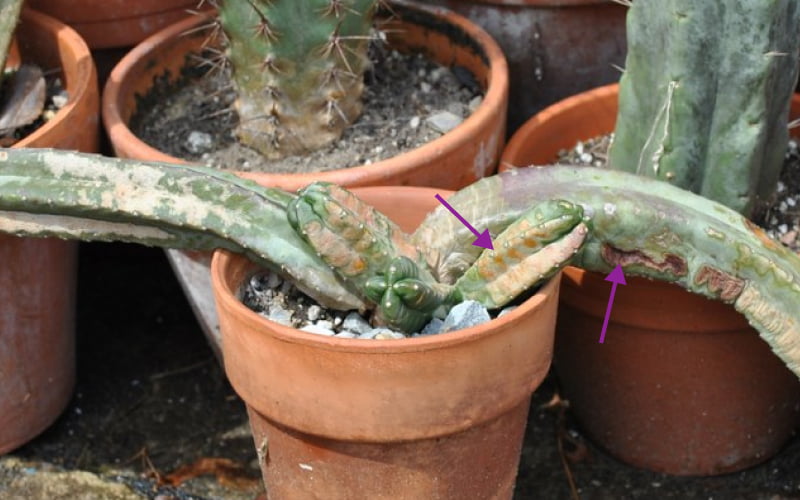
Too much sunlight for an extended period can also cause succulents to turn brown. You may notice brown patches of discoloration on your succulent if it has received too much sunlight. When succulent leaves are damaged by the sun, white patches of discoloration appear on the leaves.
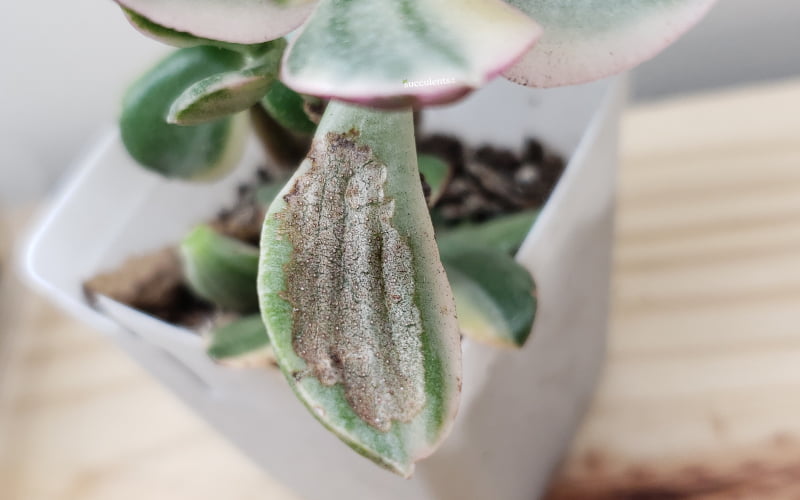
Sunburned patches turn a darker brown as they progress. A succulent with brown patches is experiencing an advanced case of sunburn, which has the potential to be fatal. Remove the sun damaged succulent from direct sunlight to help the damage.
What Do Yellow Leaves Mean?
Overwatering of succulents can result in leaves that show yellow hues as a result of excessive moisture due to poor soil drainage. Your succulent may also develop mushy leaves. It is important that you act quickly when you see signs of overwatering your succulent in order to save it. Once it has completely dried, only water succulents again when they shows signs of thirst. I suggest you stay away from a firm watering schedule and water when your succulents exhibit signs of thirst. Overwatering can lead to other problems such as root rot, so ensure you have the correct succulent soil for your succulent type.
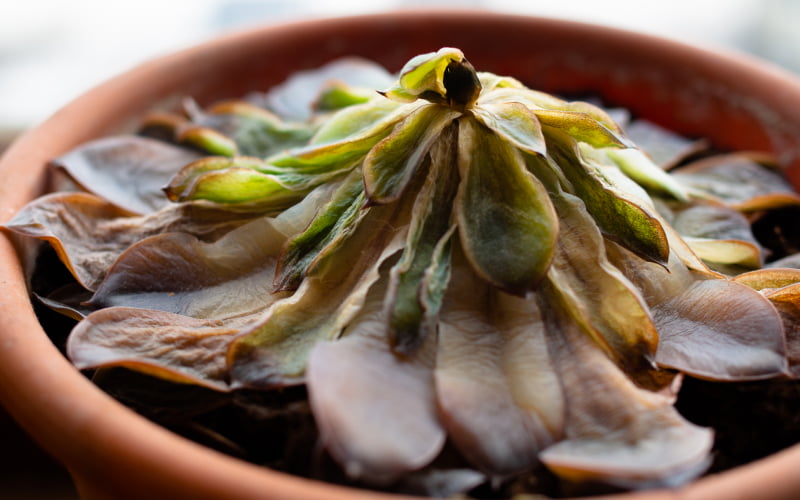
Signs your succulent is overwatered:
- yellow leaves
- mushy leaves
- leaves will start to shrivel and die.
- roots may rot and the stem may die.
- waterlogged soil and may not be able to drain properly, which can lead to root rot.
- The succulent’s leaves will start to drop off.
What Do Pale Leaves Mean?
Amount of light
When succulent plants are not given enough exposure to sunlight, the colors of their leaves can begin to turn pale or they lose their vibrant colors. Pale leaves may also appear leggy or grow towards the sun. Make sure that you move your succulent to a location where it will receive adequate bright sunlight. Some succulents may require direct light or full sun, check your succulent light requirements when choosing a location to ensure they receive enough light.
Cold Temperatures
Succulents tend to grow at a slower rate during the winter, forcing them to adapt by changing their colors to a darker green color to attract heat in their native environment. The darker green leaves can be caused by cold temperature.
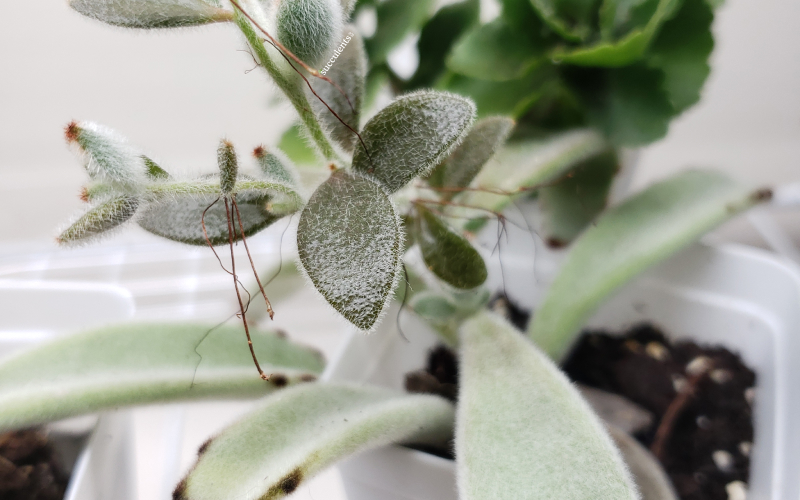
You should know that not all succulents will react the same way to stress. The reaction depends on the succulent type. For example, some succulents will turn yellow if overwatered. Other succulents will turn blue, red, or a different vibrant color. If you want your succulent to revert to its original color, you need to address the cause.
A succulent’s appearance is a quick and easy way for us to observe if a succulent is getting the right amount of water, sunlight, and temperature.
Similar Topics in: Succulent Care, Succulents
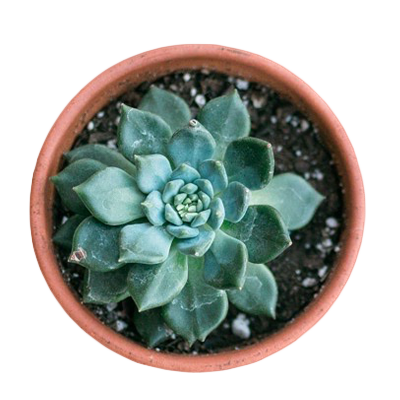
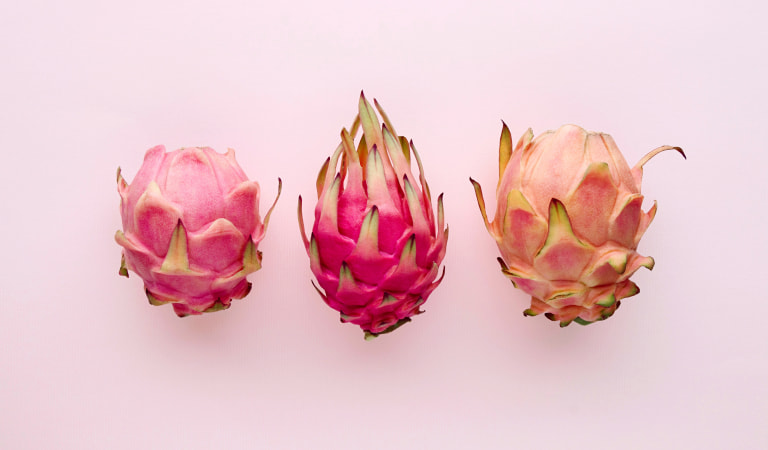
Leave a Reply